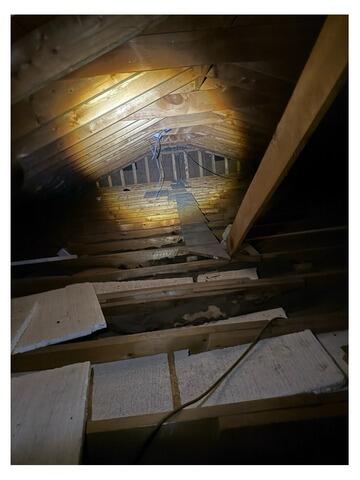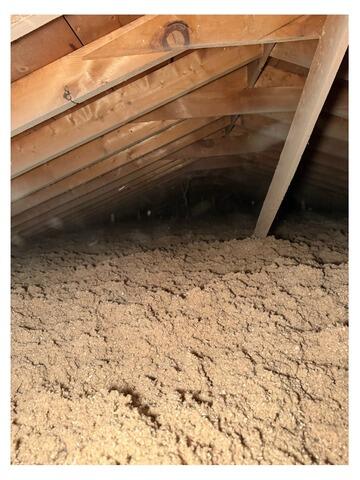Improve the comfort and energy efficiency of your home by upgrading attic insulation.
Whole Home Insulation Contractor Serving Cleveland, Columbia Station, Medina & Nearby

RetroFoam insulation is an injection foam that can insulate wall cavities and enclosed spaces.
Enhance the comfort of your Columbia Station home with effective insulation
It's common knowledge that heat always spreads to where it is depleted. In the summer, heat moves inside the house, making spaces unbearably hot. During winter months, the opposite happens as heat moves naturally from inside to outside, turning your home into a freezer.
The heat transfer process can result in uneven temperatures throughout your home, overall uncomfortable conditions, and climbing heating and cooling costs. Luckily, installing appropriate insulation can help fix these issues.
Primary Home Improvements is your local whole home insulation contractor, offering home insulation services from attic insulation to crawl space insulation and so much more. We proudly offer our services in Columbia Station, Cleveland, Medina, Brunswick, and nearby.
Effective Insulation Services
Fix cold floors above your garage with extra insulation to make your space more comfortable.
Enhance indoor air quality and home comfort by insulating and sealing your crawl space.
Eliminate cold winter drafts and wasted energy by upgrading under-performing wall insulation.
Help your insulation work more effectively and eliminate cold drafts by sealing leaks in your home's building envelope.
We offer free evaluations and estimates for all of our home insulation services!
Insulate your home with us today!
If you have uneven or uncomfortable temperatures in your home, skyrocketing energy costs, or drafts, Primary Home Improvements is here to help! We offer comprehensive home insulation services, from RetroFoam insulation to cellulose insulation.
We proudly serve Cleveland, Medina, Columbia Station, Brunswick, Elyria, Canton, Akron, Lorain, Lakewood, Youngstown, and the surrounding Ohio areas. If you would like to upgrade your insulation or need new insulation installed, contact us today at 1-440-610-4792 for a free estimate!
our service area
We serve the following areas
- Ashland
- Attica
- Bascom
- Bellevue
- Berlin Heights
- Bettsville
- Birmingham
- Castalia
- Clay Center
- Clyde
- Collins
- Flat Rock
- Fremont
- Green Springs
- Greenwich
- Gypsum
- Hayesville
- Huron
- Isle Saint George
- Kelleys Island
- Kipton
- Lacarne
- Lakeside Marblehead
- Mansfield
- Melmore
- Middle Bass
- Milan
- Monroeville
- Nankin
- New Haven
- New London
- North Fairfield
- Norwalk
- Nova
- Old Fort
- Ontario
- Plymouth
- Port Clinton
- Put In Bay
- Republic
- Rocky Ridge
- Sandusky
- Savannah
- Shiloh
- Tiffin
- Vermilion
- Vickery
- Wakeman
- Willard
- Williston































